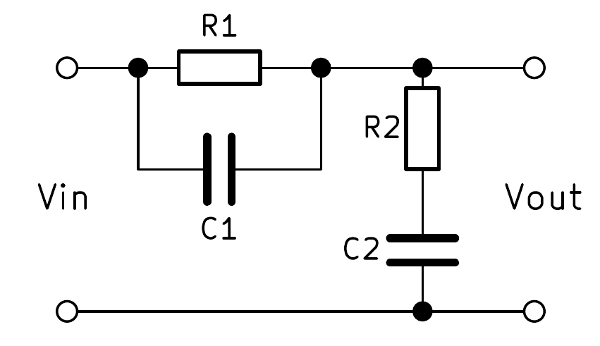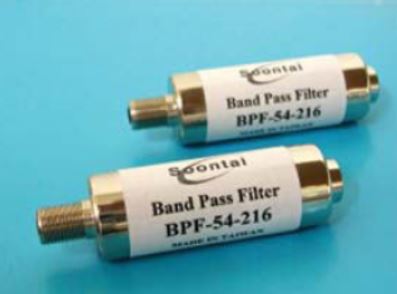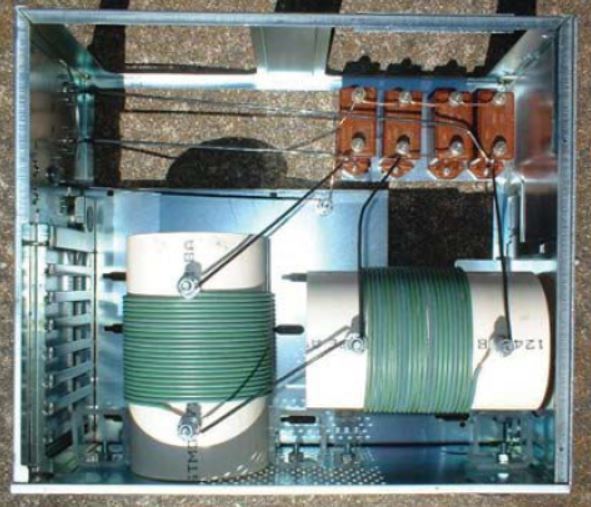High-Pass RC Filter and High-Pass RL Filter
In this article we will discuss on High-Pass RC Filter and High-Pass RL Filter.
High-Pass RC Filter
High-Pass RC Filter is shown in Figure (A). Lower frequencies experience considerable reactance by the capacitor and are not easily passed. Higher frequencies encounter little reactance and are easily passed. The high frequencies passing through the filter develop output voltage Vo across R. As seen from the frequency response of Figure (H), all frequencies above fc are passed whereas those below it are attenuated. As before, fc corresponds to –3 dB output voltage or half-power point. At fc, R = Xc and the phase angle between V0 and Vi is +45° as shown in Figure (C). It may be noted that high-pass RC filter can be obtained merely by interchanging the positions of R and C in the low-pass RC filter of Figure (A).


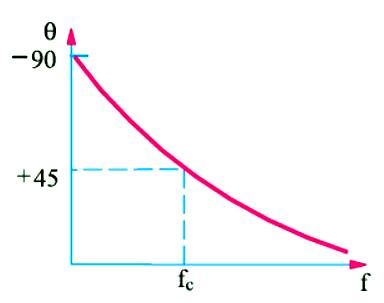
Since R and C are in series across the input voltage, the voltage drop across R, as found by the voltage-divider rule, is

A very common application of the series capacitor high-pass filter is a coupling capacitor between two audio amplifier stages. It is used for passing the amplified audio signal from one stage to the next and simultaneously block the constant d.c. voltage. Other high-pass RC filter circuits exist besides the one shown in Figure (A). These are shown in Figure (D), (E) & (F).
(i) Inverted-L Type. It is so called because the capacitor and inductor from an upside down L. It is shown in Figure (D). At lower frequencies, XC is large but XL is small. Hence, most of the input voltage drops across XC and very little across XL. However, when the frequency is increased, XC becomes less but XL is increased thereby causing the output voltage to increase.
Consequently, high frequencies are passed while lower frequencies are attenuated.
(ii) T-Type. It uses two capacitors and a choke as shown in Figure (E). The additional capacitor improves the filtering action.
AdBlock-2

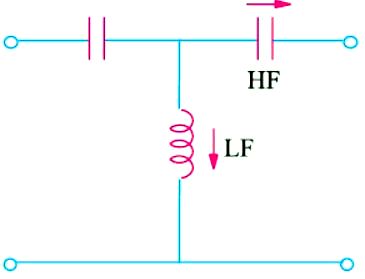
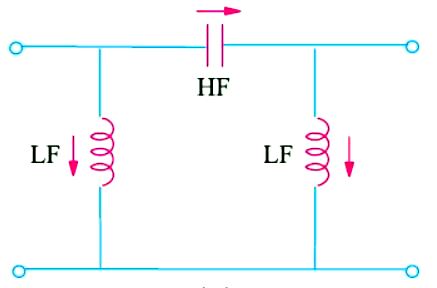
(iii) π -Type. It uses two inductors which shunt out the lower frequencies as shown in Figure (F). It would be seen that in all high-pass filter circuits, capacitors are in series between the input and output and the coils are grounded. In fact, capacitors can be viewed as shorts to high frequencies but as open to low frequencies. Opposite is the case with chokes.
High-Pass RL Filter
It is shown in Figure (G) and can be obtained by ‘swapping’ position of R and L in the low-pass RL circuit of Figure (I). Its response curves are the same as for high-pass RC circuit and are shown in Figure (B) and (C).

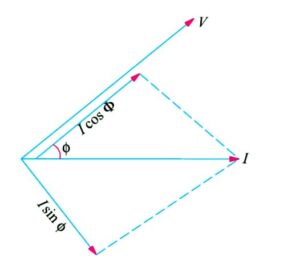
As usual, its output voltage equals the voltage which drops across XL. It is given by


Read article – Units of Resistivity
Visit NCERTplanet.com for NCERT solutions and Textbook downloads


